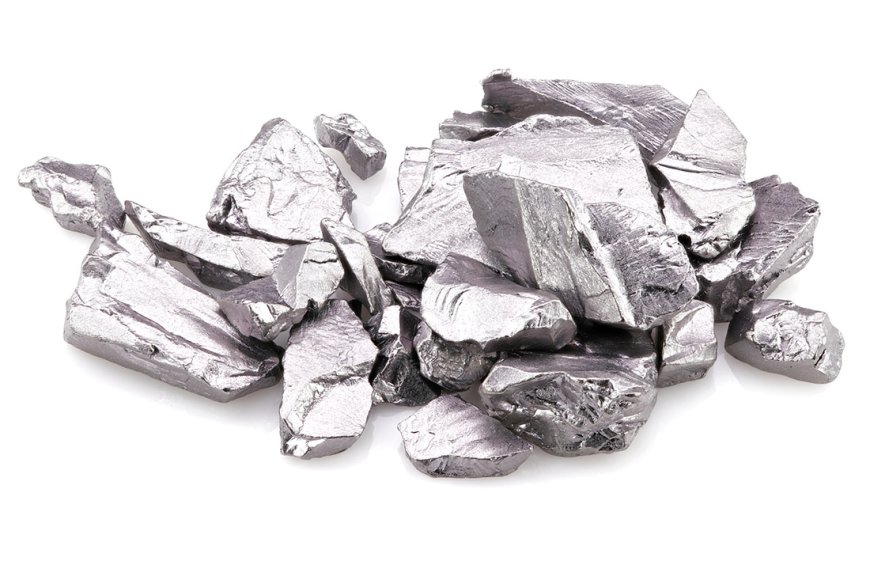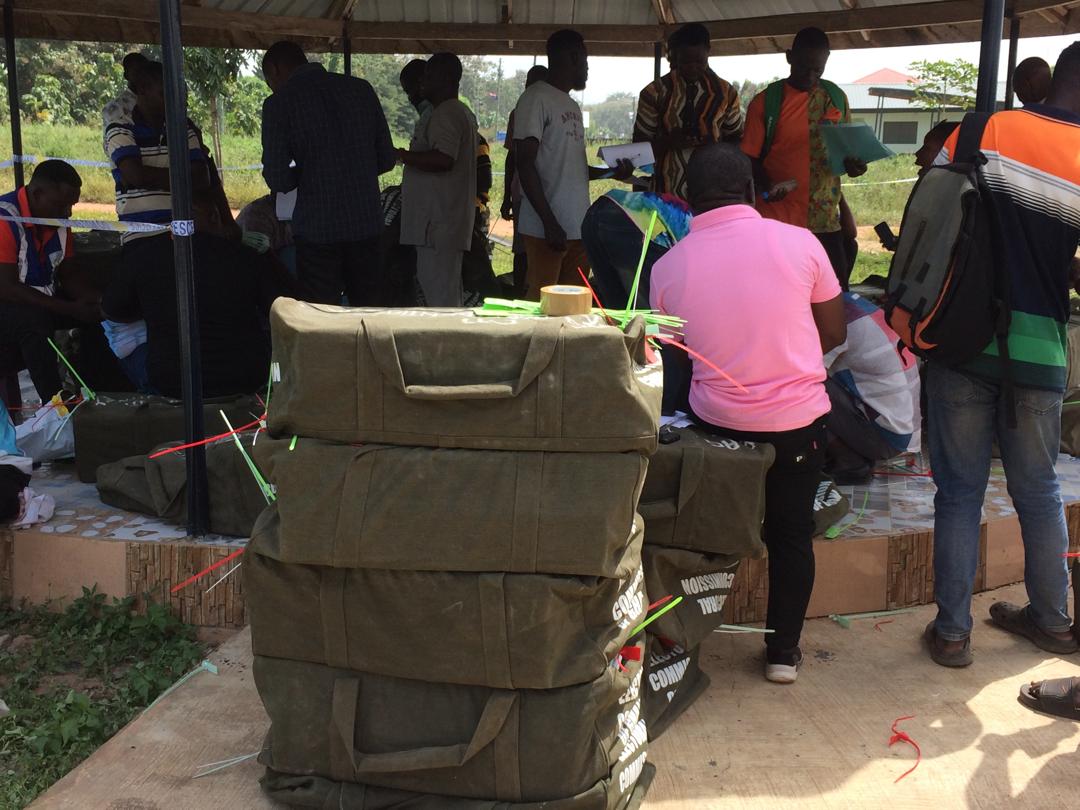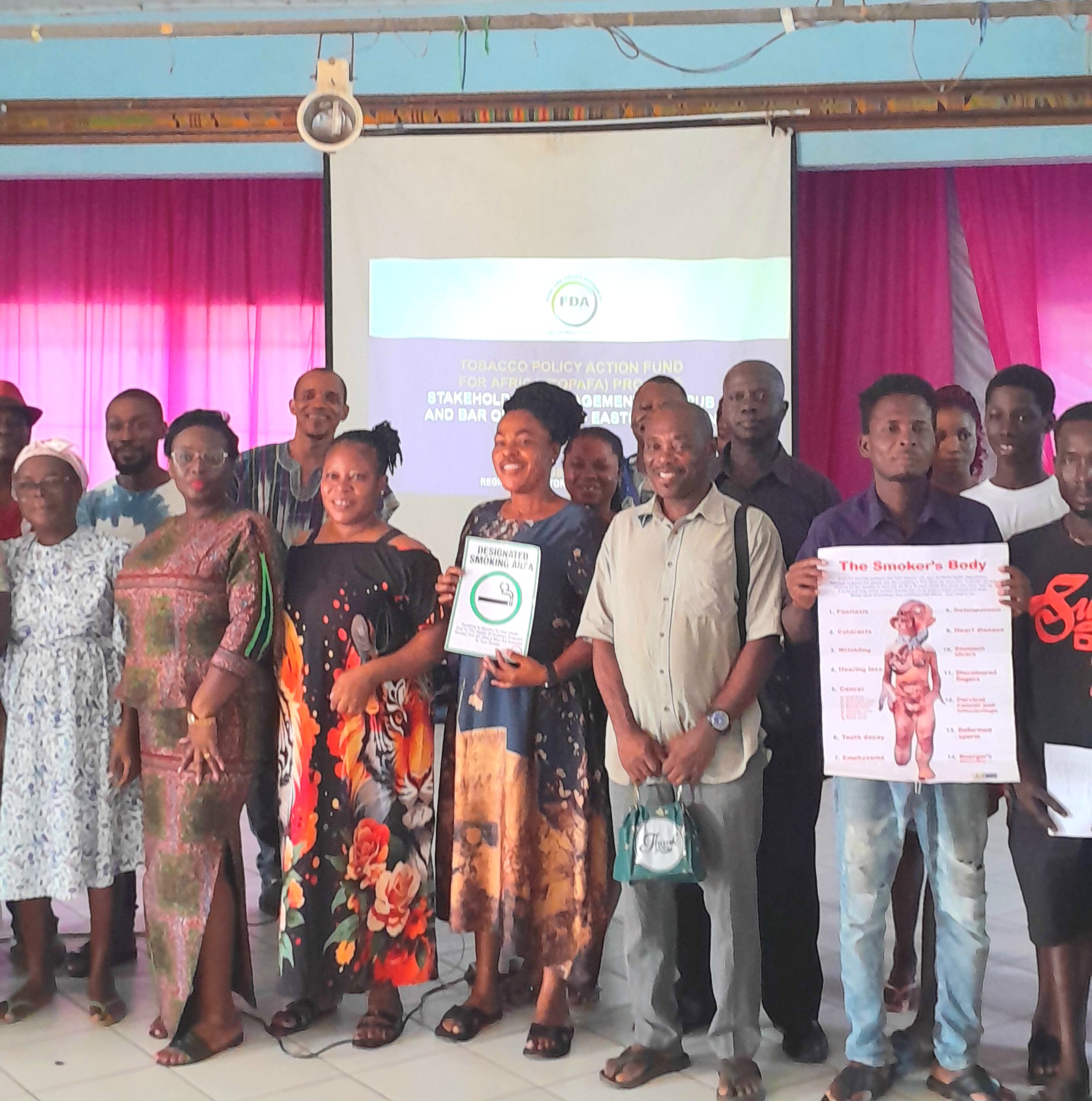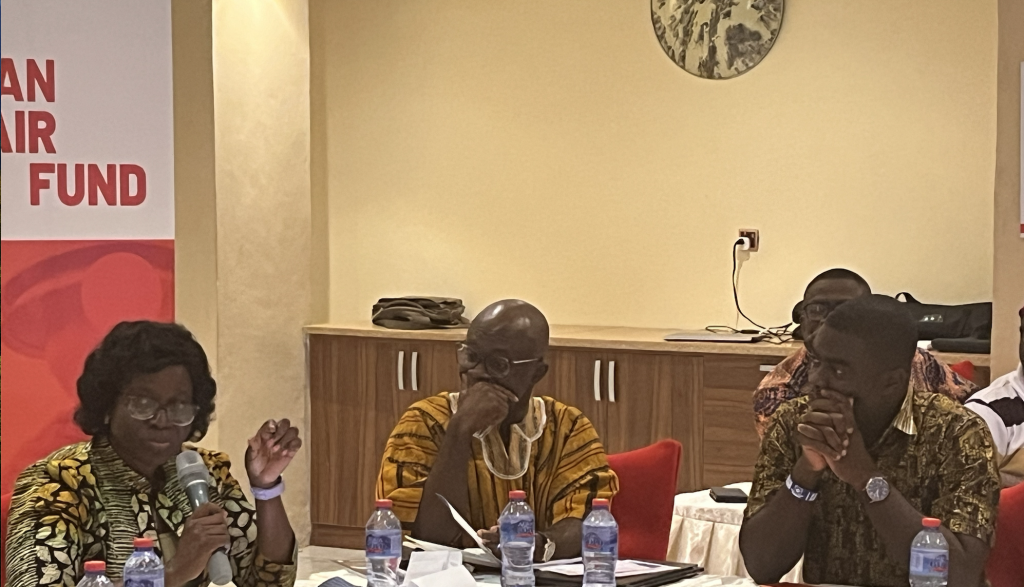Ghanaian Scientists Discover Tantalum at Bewadze-Mankoadze, Offering Energy and Economic Potential

A team of Ghanaian scientists has made a significant discovery of tantalum, a valuable mineral, at Bewadze-Mankoadze in the Kibi-Winneba Belt in southern Ghana. The discovery, revealed in a research paper authored by Dr. Emmanuel Daanoba Sunkari of the University of Mines and Technology (UMaT), alongside fellow researchers Joshua Nkansah and Salaam Jansbaka Adams, has the potential to enhance Ghana’s role in the clean energy revolution and boost the nation’s economy.
The tantalum deposit was discovered in pegmatite rock formations, known for hosting a variety of critical minerals. The study involved the petrographic examination of rock samples and the geochemical analysis of elements to map out the pathfinder minerals associated with tantalum. The researchers pinpointed the south-western part of the study area as particularly promising for further exploration of tantalum reserves.
Tantalum’s Role in Clean Energy
Tantalum is an essential component in capacitors used in renewable energy systems like solar panels and electric vehicles. As the world shifts towards green energy, tantalum is increasingly vital due to its capacity to improve energy storage and efficiency, supporting technologies that reduce reliance on fossil fuels.
In addition to its energy applications, tantalum is used in a wide range of high-tech industries, from aerospace to medical devices, because of its corrosion-resistant properties and ability to withstand high temperatures. With growing global demand for energy-efficient technologies, this discovery could position Ghana as a key supplier of tantalum and other critical minerals.
Assessing Radioactivity and Environmental Impact
Despite the economic and technological promise, the discovery of tantalum also presents environmental and radiological concerns. Pegmatites that host tantalum often contain trace amounts of radioactive elements such as thorium and uranium, which may pose risks to both human health and the environment if not properly managed.
As Ghana navigates the development of this new resource, ensuring the safety of extraction processes is critical. This could involve the use of gamma spectrometry, a technique already employed by Ghanaian institutions like the Ghana Atomic Energy Commission (GAEC) to monitor and assess radiation levels in mining activities. With stringent radiological assessments and safety protocols, Ghana could avoid the environmental hazards associated with radioactive contamination.
Economic and Environmental Outlook
Harnessing the newly discovered tantalum could have significant economic benefits, enhancing Ghana’s foreign exchange earnings and providing materials critical for the global energy transition. However, this will require careful management of environmental risks and adherence to international best practices in mining operations.
If handled responsibly, the development of this tantalum deposit could contribute to both local economic growth and global clean energy solutions, while positioning Ghana as a leader in sustainable mining practices.


















































